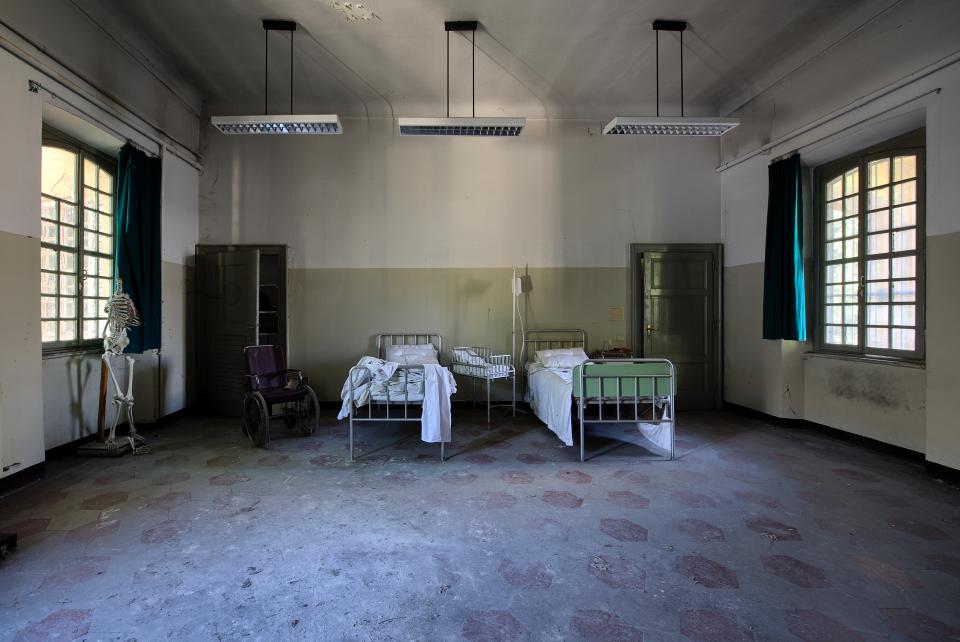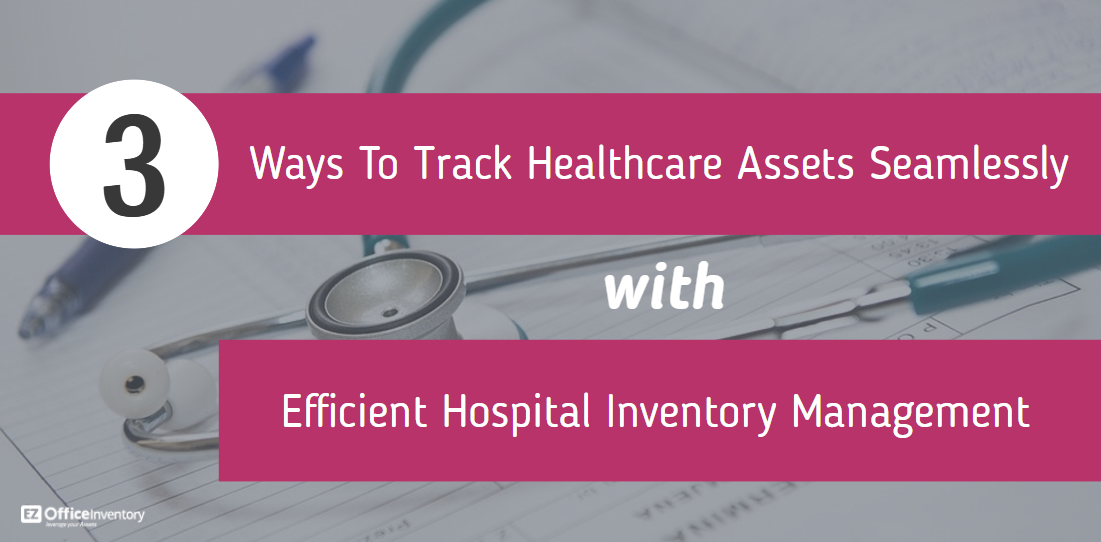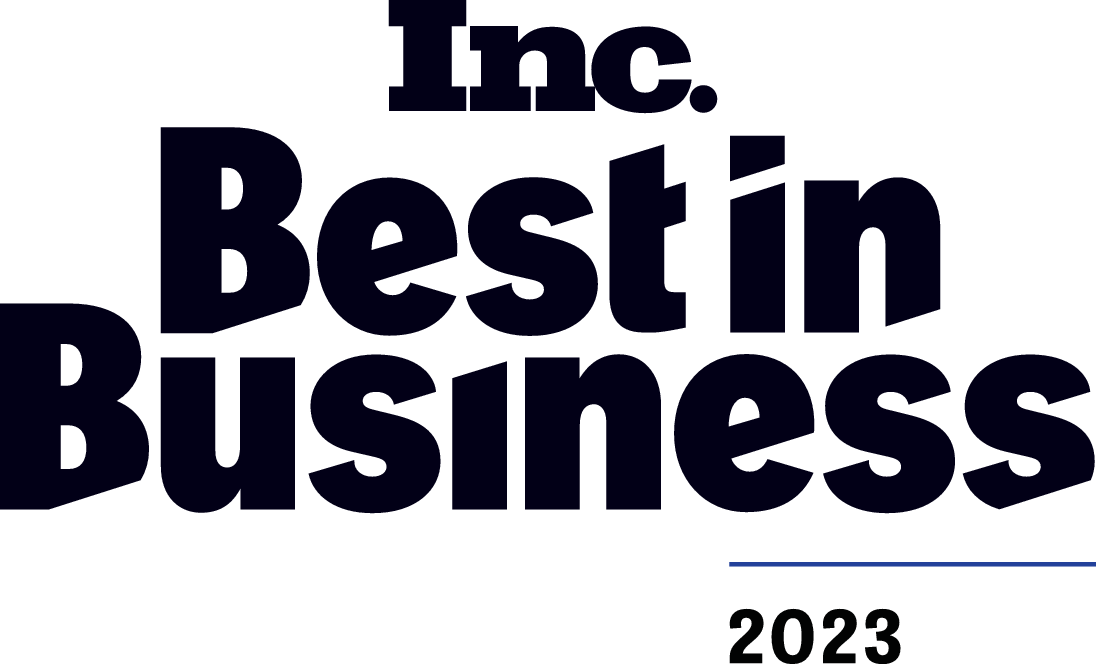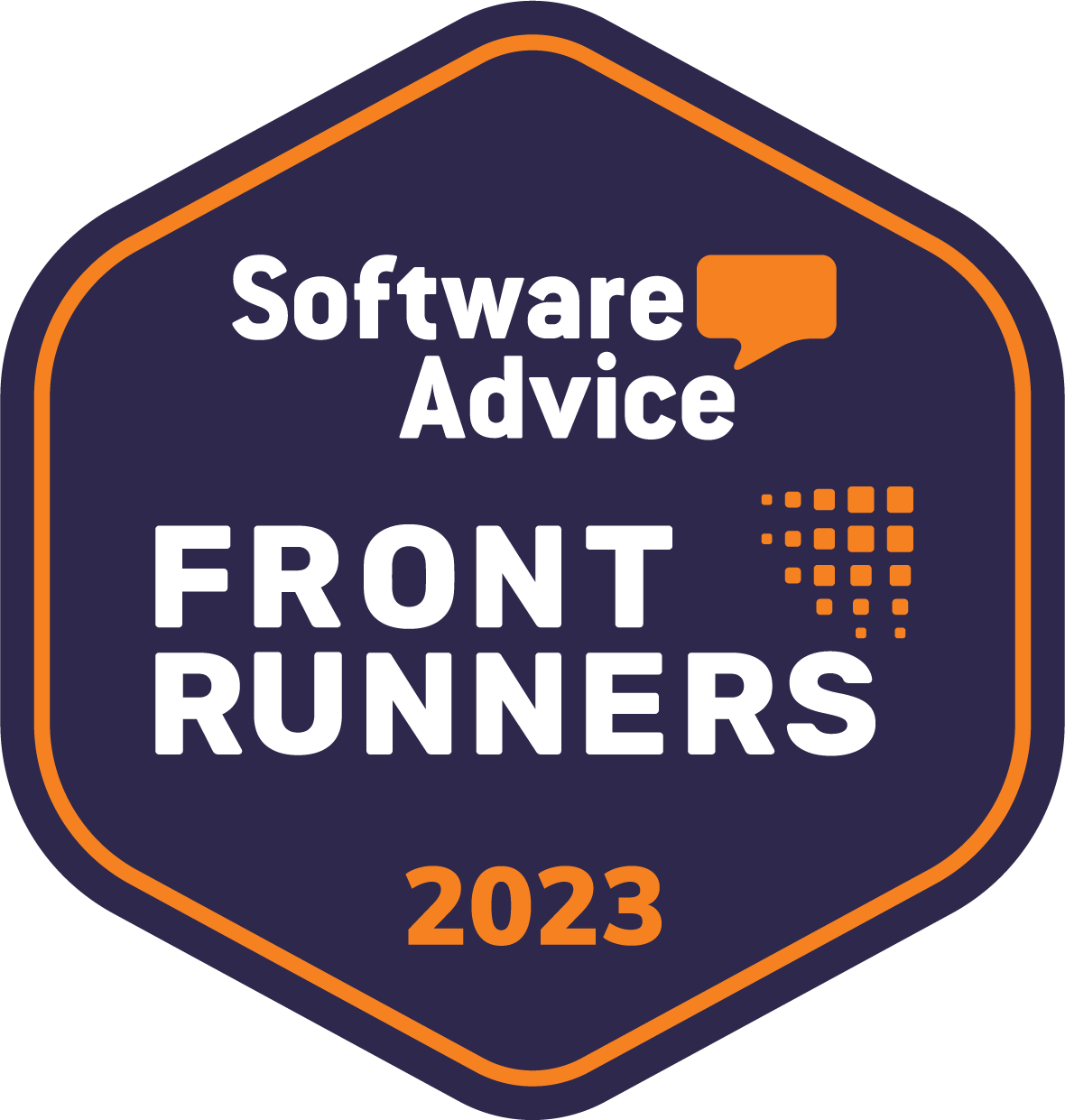Importance of Hospital Inventory Management in the Healthcare Industry
The proliferation of new technology in healthcare is exploding. The healthcare sector in the United States comprises of a total of 5,534 registered hospitals which cater to around 35,158,934 patients as recorded by the American Hospital Association. During the next few years, North America is expected to dominate the healthcare asset management sector and expected to grow at a rate of 35% between 2015-2020. The reason behind North America’s rapid improvement is found to be its large share of real-time location systems (RTLS). It has been estimated that the use of such systems will boost up investment in the healthcare sector as well.
Keeping in mind this huge number, hospitals require a large number of tools and equipment to function. So, what can hospitals do to ensure flawless management of daily work routines? To answer this question, International Journal of Health Geographics suggests an increase in the use of real-time locating systems for the healthcare sector.
The use of RTLS enables hospitals to implement robust inventory management practices which entail the following:
- Setting forth a stock management system for optimal workflows
- Automated check-in and check-out to keep track of custodianship
- Record depreciation of perishable hospital tools and equipment
- Store all vendor details for future reference and seamless reorders
- Get inventory transfer location updates to maximize security
Getting a single hospital inventory management strategy in place can be a bit challenging, especially when you are dealing with a variety of tools in the time-sensitive environment. For this reason, a cloud-based software program is the best solution package to let you design customized procedures for your assets. Doing this allows you to attain optimized utilization through improved rate of returns on investment.
But how can you decide which RTLS enabled inventory management solution will work best for your hospital? Research shows that the key to a successful software deployment depends on choosing the correct solution package. A solution for the deficiencies faced by your hospital!
To help you detect your problem areas, let’s go over some of the common issues faced by healthcare management:
- Inefficient equipment control: This is one of the most common incidents faced by hospitals. One of the Gartner studies shows that around 10-20% of hospital inventory gets misplaced every year. This lowers staff productivity as workers waste an estimated of 12 minutes looking for missing items, plus it adds to an increase in financial losses. Such occurrences are mainly a result of an absence of a tracking software.
- The rise of hospital infections: Every patient is at risk of extracting infections in a hospital. The Daily Mail reports that around 5000 people die due to infections picked up from hospitals each year. This risk is magnified if hospitals lack a robust maintenance routine where timely cleanliness drives are neglected.
- Lack of inventory data and reports: Due to the absence of tracking methods for assets, hospitals fail to generate progress reports. Doing so is important as it lets you supervise the performance of tools as well as your staff. Detailed insights on work development let you overcome your weaknesses and deliberate strengths. Without frequent reports and data, a huge chunk of health budgets is wasted or misused.
- Budget issues: Hospitals often suffer from keeping their costs under control. Providing high-quality healthcare doesn’t always come cheap. New tools and equipment are expensive to purchase and need expertise to function properly. The key to balance a hospital budget lies in cutting overhead costs while delivering improved and consistent medical care. Hospitals achieve this through opting for a multi-featured software program to supervise and track their assets.
- Liability around regulations: Running a successful hospital is a huge responsibility, much of which entails upon meeting all quality rules and regulations. To be able to deal with patients, the healthcare institutions need to meet certain safety standards. Broken equipment or unsterilized tools can lead to infections and spread of fatal diseases. To control such situations, it becomes extremely necessary to meet a certain quality healthcare criterion. Doing this makes it easier for medical organizations to run streamlined daily operations.
Read more: How Hospital Asset Management Tackles Major Industry Problems
Coming up with an upgraded system of patient care requires hospitals to implement a streamlined operations management procedure. The first step in doing this involves implementing inventory management best practices. Such techniques let you constantly monitor all your tools and machines from a single point of access. This cuts down excessive costs incurred in manual labor and automates daily work processes.
Here are a few ways you can use a cloud-based software to track hospital assets:
A. Set stock alerts to prevent outages
One of the main concerns of medical organizations is maintaining optimal stock quantities. This happens because hospitals tend to store medicines to treat patients along with other types of perishable inventory items. Using expired medicines can put the lives of patients in danger and make the institution liable for damages.
Hospital inventory management software lets you select suitable modules to run stock procurement. By using this feature, you can set minimum threshold levels to send out alerts whenever stock is low. Doing this allows you to prevent outages and use assets within their prescribed time. Automated purchase orders also cut down on extra expenses made to procure stock on short notice.
B. Use barcode labels to tag assets
With features like barcode and RFID, an inventory management software lets you enable faster checkouts. This is extremely helpful in emergency situations when patients require immediate operations. A unique identification number on the back of every asset makes it easier to locate in the storage house and RFID lets you scan multiple items at once. When you implement a strict security system, you increase data transparency and encourage a safer work environment as well.
Barcodes reduce the risks associated with theft and misplacement of hospital assets. Even if you lose a tool, you can check its last logged in location from the software and trace its whereabouts. With a large number of staff and doctors using valuable assets every day, it becomes important to keep track of custodianship and usage. Barcode labeling lets you do exactly this by keeping detailed tabs on utilization practices.
C. Run service tickets to run maintenance events
Just like every other physical inventory, hospital equipment also needs to be refurbished once in a while. Already running on tight budgets, healthcare organizations cannot afford costly repairs and replacements in case of machinery breakdowns. Hospital maintenance management software lets you design preventive maintenance routines for all your tools. Every time, you check in a new instrument, an automated service ticket can be generated for repair if enabled. You can also send out alerts and notifications to inform the concerned departments about the maintenance sessions scheduled for the day.
Making tool calibration a top priority lets you tackle unexpected asset downtimes and equipment breakdowns. Such malpractices not only delay the daily tasks but lead to operational inefficiency. Timely maintenance lets you achieve the following benefits:
- Extended useful life of hospital assets
- Lowered power expenses and more efficient results
- Improved machinery performance by increasing uptime
If your hospital is suffering from poor inventory control practices, then it’s time for you to invest in healthcare inventory management software. Hospital inventory management software lets you manage your inventory with ease while increasing its optimization and utilization.
Here are some of the ways you can use inventory management in the healthcare sector:
1. Improve visibility and reduce waste with real-time inventory control
Hospital inventory comprises of perishable goods as well as medical instruments which need to be stocked in the correct manner. Similar is the case with miscellaneous hospital equipment which tends to go missing if unsupervised. Often times, hospitals lack the capability to correctly estimate the quantity of stock required at a certain time. Meanwhile, excess rental equipment like stretchers and X-ray machines take up space and add to costs. Are you still suffering from these issues? You can solve all these problems with a single solution!
Hospital inventory management solution comes with barcodes and QR labels for every item in your inventory. Once you assign an identification code to all your assets, it becomes easier to keep track of their usage. As compared to manual data entry, barcode scanning allows you to update data faster without the chance of human error. This way you can enter accurate information about all assets and plan their consumption patterns to avoid overstocks. Location tags let you assess whether an asset is currently being used or not. If an asset is sitting idle then it’s best to get rid of it as soon as possible.
Carrying out such practices lead to the reduction in wastage and lets you control overhead costs as well. Effective savings can free up hospital budget for alternative investment allocations.

Use location tags to help optimize the use of assets
Read more: How A Hospital Tracking System Helps You Stick To Your Healthcare Budgets
2. Ensure safety requirements are met through timely audits
The healthcare sector has very strict regulations about safety and hygiene. Lack of awareness leads to spread of infection and bacteria in hospitals. One of the causes of infection is through unclean medical instruments. The number of deaths due to infections is predicted to increase in the coming years. This is because hospitals oftentimes fail to realize the importance of medical equipment maintenance. For products that have a timestamp for their usage, it’s important to monitor their stock constantly. If not monitored properly, expired tablets can cause serious harm to patients.
A robust hospital inventory management software allows you to conduct audits to record different stages in the lifecycle of an asset. Having a barcode scanning ability only speeds up this process. Through the help of audits, you can note which inventory items need to be replaced, repaired or discarded.
Frequent audits let you stay ahead of maintenance schedules as well! This way you can call for repair before a broken piece of equipment has serious repercussions in the hospital. When you timely update your audit reports you can get rid of expired items and replace them in time!
Read more: Best Practices in Managing Hospital Inventory: The Complete Guide
3. Get organized and carry out smooth hospital operations
How often does it happen that your hospital staff wanders around looking for equipment? This wastes time and lowers productivity. Say, if on average your employees work 6 hours a day, they will be spending few minutes trying to find missing items. When you do not have the correct system for hospital inventory management, workflows are bound to be inefficient and time-consuming.
With the help of automated inventory control software, you can avoid such lags in the day to day activities by planning in advance. What’s even more convenient is that you can assign staff workers their daily tasks through the software as well! These workers can then get all required items for their tasks by booking them through carts in asset tracking software for hospitals. By preparing and tracking medical carts, you can save time and plan organized hospital operations.

Book your medical equipment in advance to carry out daily operations
Read more: How Does the Health Sector Use Hospital Equipment Maintenance Software?
Save more precious lives – Go for the right hospital inventory management software!
High-performance features of hospital inventory management software streamline healthcare practices. It enables the healthcare sector to focus on patients instead of logistical issues. Proper medical equipment maintenance routines allow you to create a safer hospital environment. It helps you reduce equipment downtime and get rid of poor medicine stock in time.
As the risks involved in the healthcare sector increases rapidly each year, it puts a greater pressure on hospitals to implement effective quality controls. Asset tracking with hospital inventory management solution makes your job easier for you!
Want to learn more about us?
EZOfficeInventory is a hospital inventory tracking software used by healthcare sectors around the globe to increase staff productivity for efficient medical operations.
For more assistance, drop us an email at support@ezo.io.








